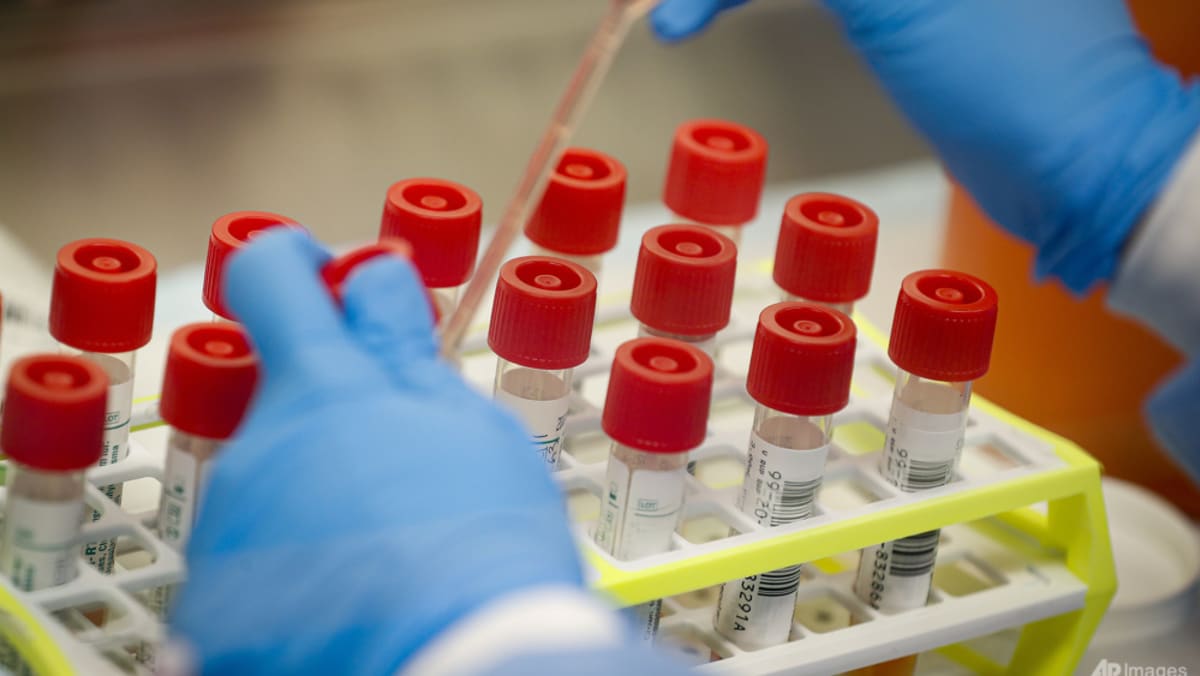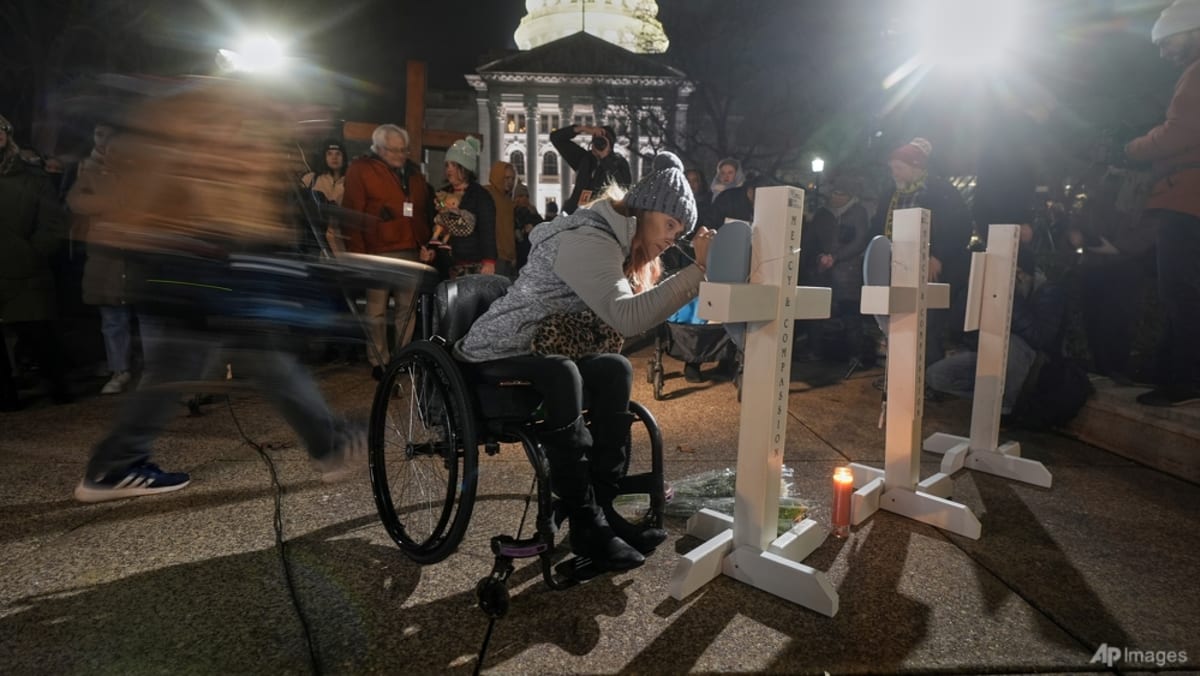Commentary: Long COVID is real. Now the evidence is piling up

CHICAGO: Finally, the hunt for answers about long COVID is yielding some clues. A new study, led by the Icahn School of Medicine at Mount Sinai and the Yale School of Medicine and published in Nature, defines some critical differences in certain biomarkers of people with long COVID. The next step is even more critical: Coming up with a way to cure them.
A massive number of people in the US are dealing with lingering symptoms. Two new reports this week from the Centers for Disease Control and Prevention found that in 2022, about 18 million adults said they had ever had long COVID, with about 8.8 million currently suffering from the condition. In that time, roughly 1 million children had been affected – with about 360,000 children reporting an ongoing case.
Those millions of people don’t all have the same symptoms – some experience brain fog and extreme fatigue, while others may have shortness of breath or a racing pulse – and their susceptibility to the disease is formed by a likely long list of factors. Those could include their medical histories, their previous vaccinations, prior infections, and even their genes.
Because of that, long COVID has defied simple explanations. And so far, doctors must base their diagnoses on sometimes vague symptoms, rather than on a molecule that can be measured, or a true biomarker of the disease.
“Everyone wants a single biomarker, everyone wants a single treatment,” says David Putrino, director of rehabilitation innovation for the Mount Sinai Health System. “That’s not realistic for long COVID.”
A more realistic hope is that researchers can one day offer physicians a kind of “how to” manual for long COVID with a battery of tests to pinpoint what’s gone wrong and, ideally, treatments. The new study is an important step towards that goal, and should offer patients needed hope that answers could be on the way.
Source: CNA















